I trained like an Olympian – and have a newfound respect for their strength, agility, and motivation


Until the 11th August, I have only one personality trait: Olympics. Between now and then, you’ll find me nowhere besides my sofa, disputing scores awarded to athletes competing in sports I’ve never tried nor fully understand, while snacking on M&S’s Thai chilli rice crackers. I will wake up thinking about archery and the obscure names given to BMX tricks, and will also, at least once a day, have the deluded thought that, with a little training, perhaps I too could be an Olympian.
Fortunately for supporters, I won’t be representing Team GB anytime soon. This I can say with certainty because, besides the fact I’ve never in my life been particularly athletically gifted, just this week I completed an Olympian’s actual training session. In my local Virgin Active. And it turns out I could not, in fact, hack it as an athlete.
The Olympian in question is none other than Desirèe Henry, 100m and 200m sprinter, two-time European champion and Olympic bronze medallist. This summer, she’s competing in the 4 x 100m relay at the Paris Games and has been going hard on the prep in training. To get an idea of what training is really like when you’re an Olympian, I asked her strength and conditioning coach, Jermaine Olasan, to share one of her gym workouts with me.
While you're here, don't miss our cover interview with Team GB sprinters Daryll Neita and Laviai Nielsen, plus 14 fun facts about the athletes to scroll ahead of their finals this coming week. We've got long reads on the lack of research into female athletic performance and why mothers are underestimated in sport, too.
I trained like an Olympian - and, wow
The workout I tried to train like an Olympian
Henry’s training schedule is divided into different phases, depending on the time of year and the competition she’s working towards. Right now, she’s at the Olympics holding camp preparing to compete for Team GB, so her strength training is reduced. When she’s not racing, she’s on the track and in the gym four times a week. It’s a heavy workload, and the thought of it makes me want to nap. Another reason I’d never qualify.
Olasan suggests trialling one of Henry’s strength sessions from October last year. “At this point, the focus is on keeping her ability to produce force as high as possible,” he explains. “Sprinting is essentially about how much force you can produce, and doing so quickly. In order to produce force, you need to be strong.”
A post shared by Desirèe Henry OLY (@desiree_lh)
A photo posted by on
The warmup
Typically, Olasan explains, Henry arrives at strength training already warm from a session on the track. If, for some reason, she’s not, her warmup looks like:
Marie Claire Newsletter
Celebrity news, beauty, fashion advice, and fascinating features, delivered straight to your inbox!
- Knees-to-chest rolls x 10
- Bird-dogs x 10
- Lying down knee press x 5-10 seconds each side
- Bodyweight squats x 10
- Bodyweight squats with heels raised x 10
- Supine side to side leg swings x 10
- Scorpion stretch x 10
The workout
Now, to the actual workout itself. And it's, as to be expected, extensive.
- A1: Heel floating mid box step up – three sets of 6 reps on each side
- A2: Z press – three sets of 8 reps
- A3: Standing banded/cable hip flexor – three sets of 15 reps on each side
- B1: Arabesque – three sets of 8 reps on each side
- B2: Standing bench hip lock – three sets of 15 reps on each side
- B3: Copenhagen plank – 20-30 seconds on each side
- C1: Wall sit with heels raised – three sets of 30 seconds
- C2: Walking lateral flexion – three sets of 10 metres
- D1: Single leg hamstring bridge – two sets of 20 seconds
- D2: Prone single leg hamstring curl – two sets of six reps on each side
- D3: Good morning thoracic rotations – two sets eight reps on each side
What happened when I tried training like an Olympian
I’ve been strength training for nine years and a qualified (although not practising) personal trainer for six years, and yet, I’m befuddled by elements of Henry’s workout. I haven’t come across some of the exercises before – it’s immediately clear that this is a very specialised and sport-specific session, as you’d probably expect.
If you follow Henry on Instagram you’ll know from the training clips she shares that she lifts heavy – I’m talking colossal 110-odd kg cleans – but this particular session doesn’t pack in a lot of load. Instead, there’s a heavy emphasis on rehab and mobility exercises, with particular attention paid to the hips and thoracic spine – both key for sprinting success. That said, it’s by no means an easy workout.
My training sessions are typically pretty simplistic, usually just involving a barbell, dumbbells and a bench – this one requires more kit, although nothing you can’t access in a standard gym – and takes me a while to set up. But even though I’m no sprinter it’s right up my street.
I wrote recently about my current favourite exercise, step-downs, and so exercise number one – heel floating step-ups – feels like a good progression for me. I’m pretty comfortable on my toes as I’ve danced my whole life, but this movement takes some settling into. I’m wobbly at first and have to really work hard not to rely on momentum throughout the exercise. It’s not a beginner-friendly exercise – it requires strength, balance and reasonable ankle mobility. Moving onto the Z press and the standing banded hip flexor, I’m surprised at how challenging my body finds this circuit. Some seemingly simple changes to exercises I often do, such as sitting with my soles planted in front of me, instead of standing, to perform overhead presses (Z press), ramp up the difficulty and I’m soon sweating.
The second circuit is my favourite. The arabesques, which involve standing on one leg and hinging at the hips, feel challenging but I’m motivated by my desire to nail a new skill. They test my coordination (and also my ability to concentrate – turns out I’m very easily distracted), and I make a mental note to programme them into my workouts in the future – if not for the functional benefits then simply because I find them quite fun.
I’m on the second set of standing bench hip locks when it hits me how much single-leg work is in this session. It makes sense – it’s crucial for stability and strength, two things a sprinter needs in spades, but it’s no wonder my lower body is already starting to burn. This exercise is unlike anything I’ve done before, and it feels frankly awkward. With one foot on a step, knee bent, and the opposite arm in the air while holding a light weight, I need to lift my foot off the step and simultaneously push up with my raised arm. I’m unsure if I’m doing it right, as it feels a bit odd, but muscles are firing so, I think, it’s got to be doing something.
More weird still, is how the walking lateral flexion feels (and probably looks on me) in the next round of exercises. I’m taking a slow walk in a quiet pocket of my gym holding a plate above my head, leaning from side to side with every step. Olasan tells me that this type of exercise is really important for sprinters. “There's a misconception that in order to run really well, you need to be really stiff,” he says. This movement helps to improve lumbo-pelvic stability, which is unsurprisingly key for runners. My core kicks in almost immediately, and by the time I complete my sets my whole upper body is engaged and achy, despite the light, 5kg weight.
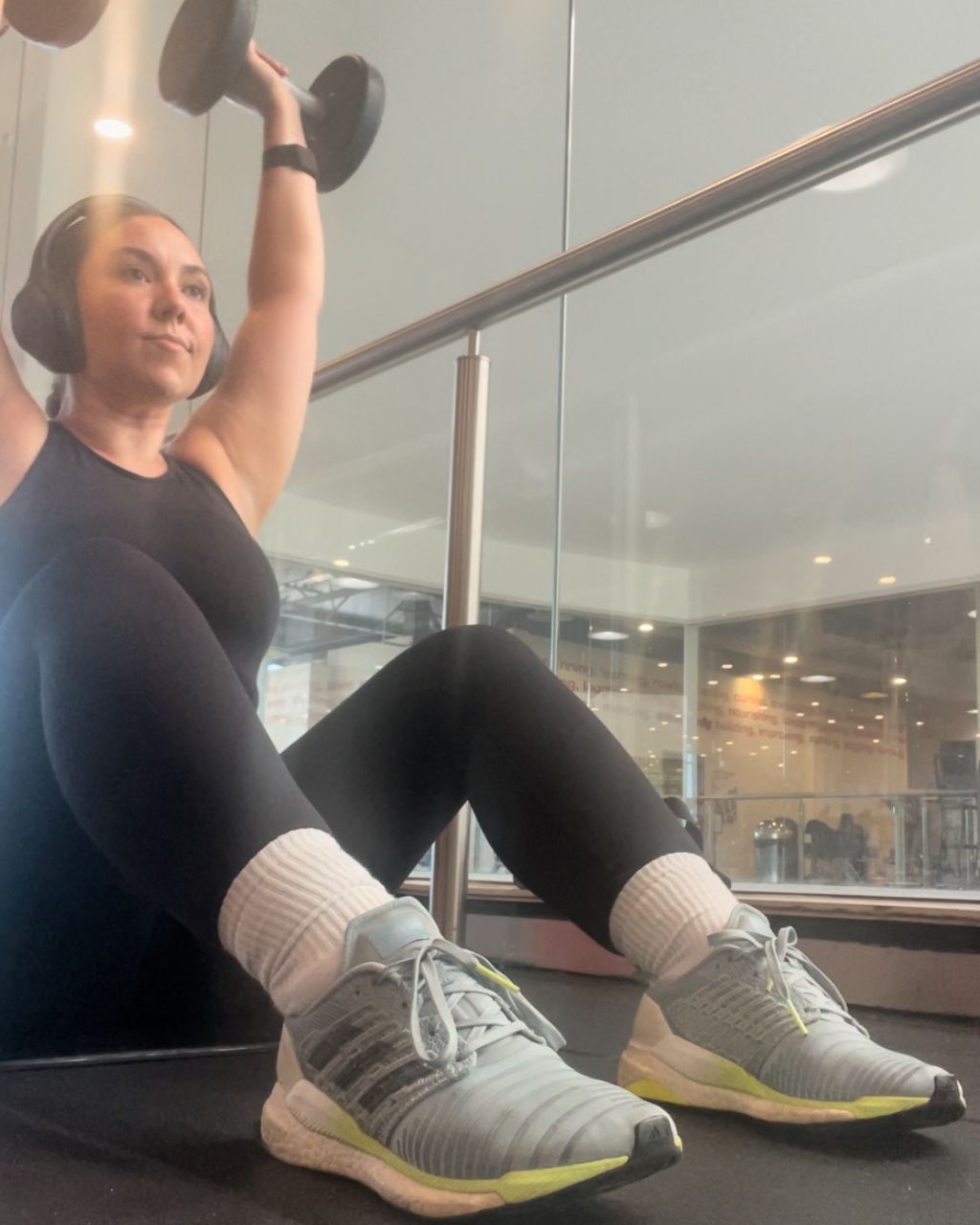
Abbi doing a dumbbell Z press, one of the moves Desiree practices in training
I finish up with some hamstring work, which Olasan makes clear isn’t just for performance but also for injury-proofing, and good morning thoracic rotations against a wall. “Because of the way that these athletes live and all the sport that they do, their backs can get quite compressed,” he says. Mobilising the thoracic (middle) spine is crucial. This movement – if I’m doing it correctly – feels like a big juicy stretch, as though I’m untangling the knotted laces of my back. I do extra reps because it feels so satisfying, and mentally programme it into every future session.
My final thoughts on training like an Olympian?
When I check my Whoop stats after the workout, I’m surprised that it resulted in a 13.7 activity strain, which basically means that my heart rate was fairly high throughout, and the session took quite a lot out of me. Considering the low-impact nature and low-load exercises, I had expected it to be much lower-intensity than it actually was. Knowing that this is a workout Henry does after training on the track really drives home the reality of being a pro athlete. How much she – and all Olympians – have to push their bodies to perform when it matters, and the extreme level of commitment it takes to repeat such a heavy training load week in, week out, for years on end.
Henry’s training programme is a real lesson in perseverance and proves what I always preach: that consistency is key to reaching any desired end goal. There are phases throughout the year during which she’s actively gaining strength, lifting heavy loads and applying progressive overload by gradually increasing the weight of her big lifts, and there are times when the load is scaled back, and rehab takes priority.
As someone who started their strength training journey during a time when the more-is-more ideology was extremely dominant, I find it so comforting and reassuring to see for myself that the best in the world aren’t maxing out every time they move their bodies – it would be physically impossible to achieve anything, you’d be so exhausted. There’s a time and a place to push your body to its limit, and it’s not 100% of the time. This, I think, is my biggest takeaway from training like an Olympian. That and, of course, how mind-boggling hard it is – physically and mentally – to make it as a pro athlete. If I found it impressive before, I’m blown away now.
I wrap up my session aware of muscles I didn’t previously know existed, and head home to get some steps in for the day before plonking myself back down on the sofa to snack on a Solero white watching the gymnastics, with even more awe than before.
Shop MC UK's go-to kit now:
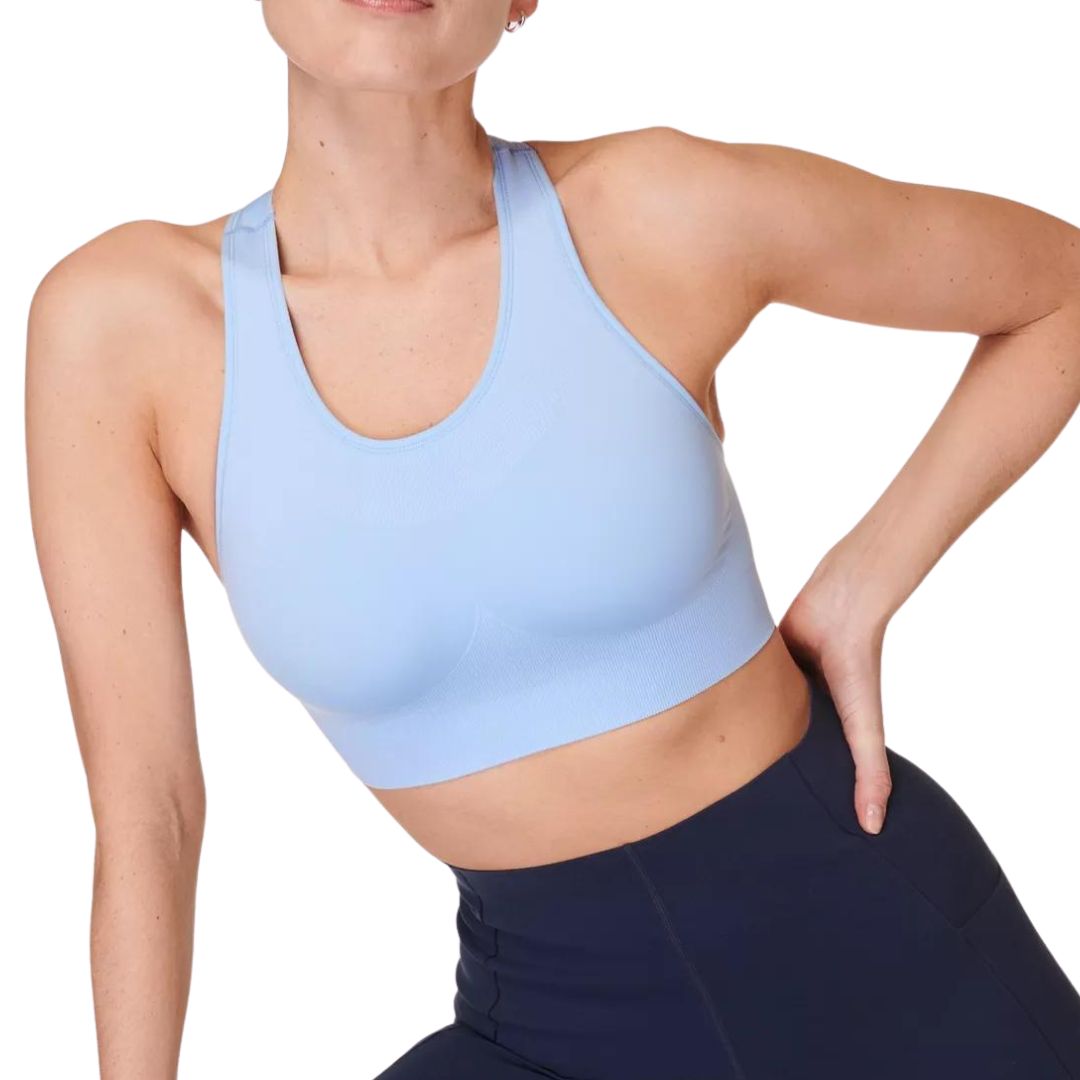
Team MC UK loves Sweaty Betty kit, because not only does it look great, but it feels great to workout in, too. Their Stamina bra is one of their best-sellers, designed for strength training and low impact sessions.
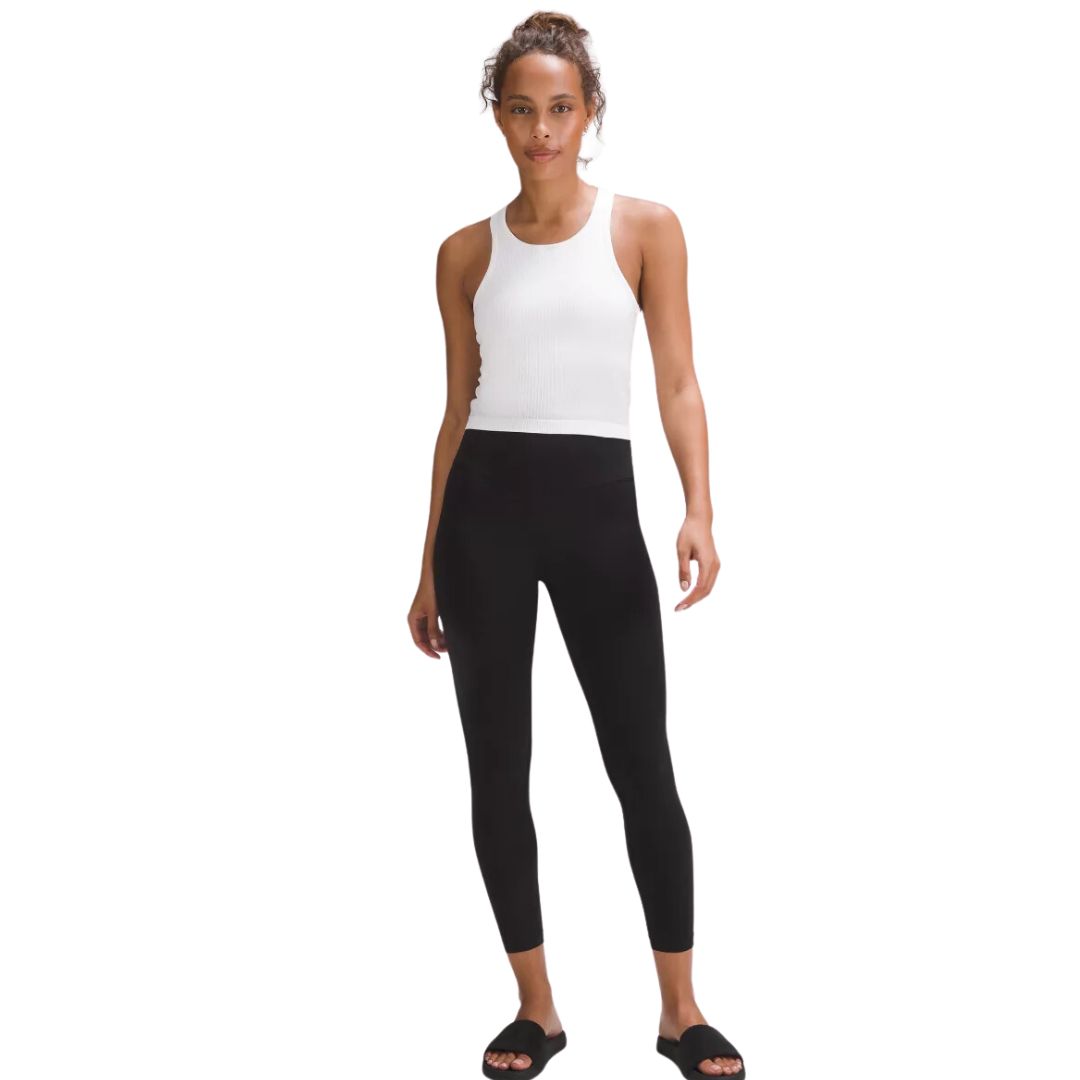
If you invest in one pair of workout leggings in your lifetime, make it the lululemon Align's. They're undoubtedly one of the best, breathable, lightweight, soft and sweat-wicking, and ideal for both workouts and wearing day to day.
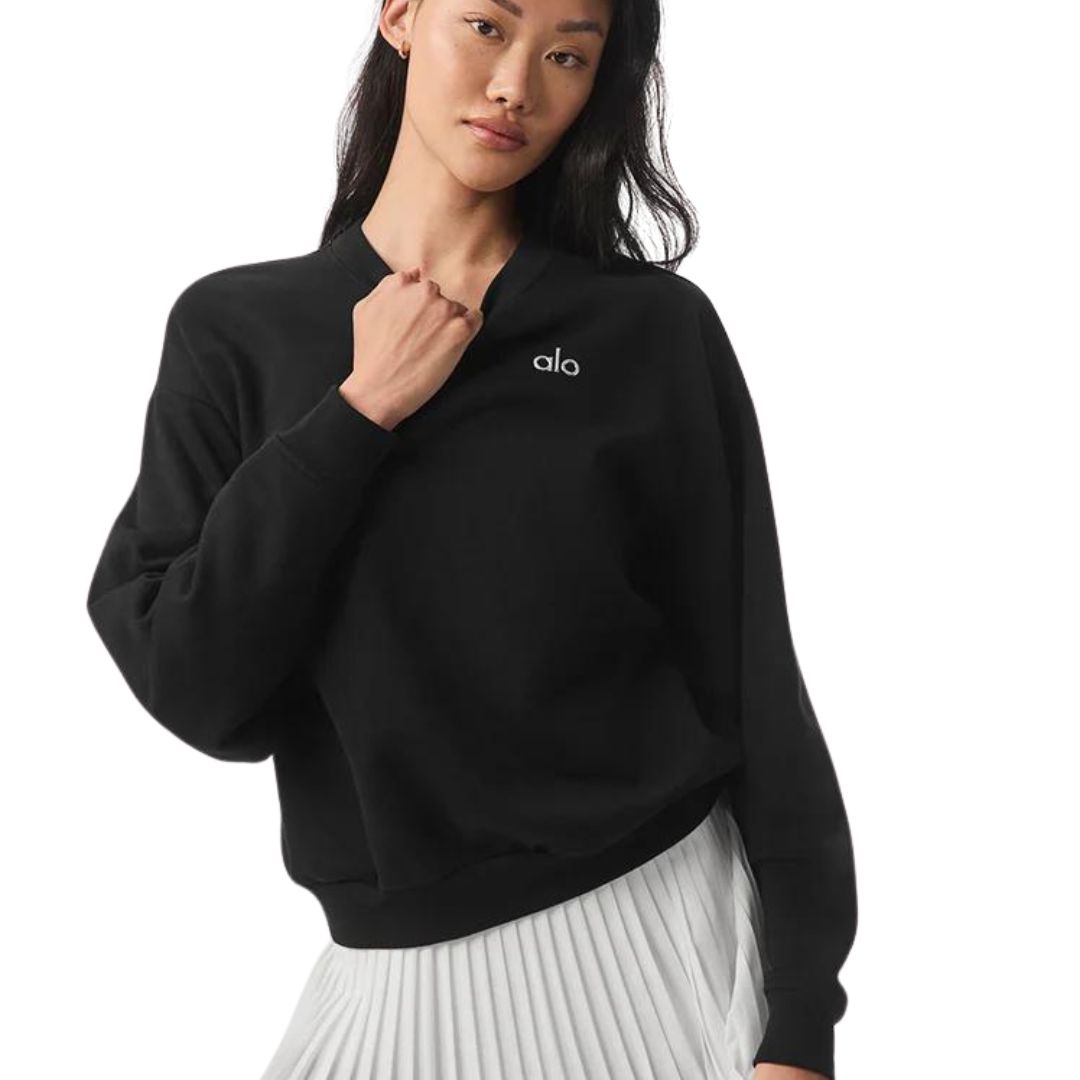
Alo Yoga has recently launched in the UK - finally! - and they've got some gorgeous athleisurewear options on sale for adding to your wardrobe. We love this jumper for throwing on pre-gym (or wearing for date night).
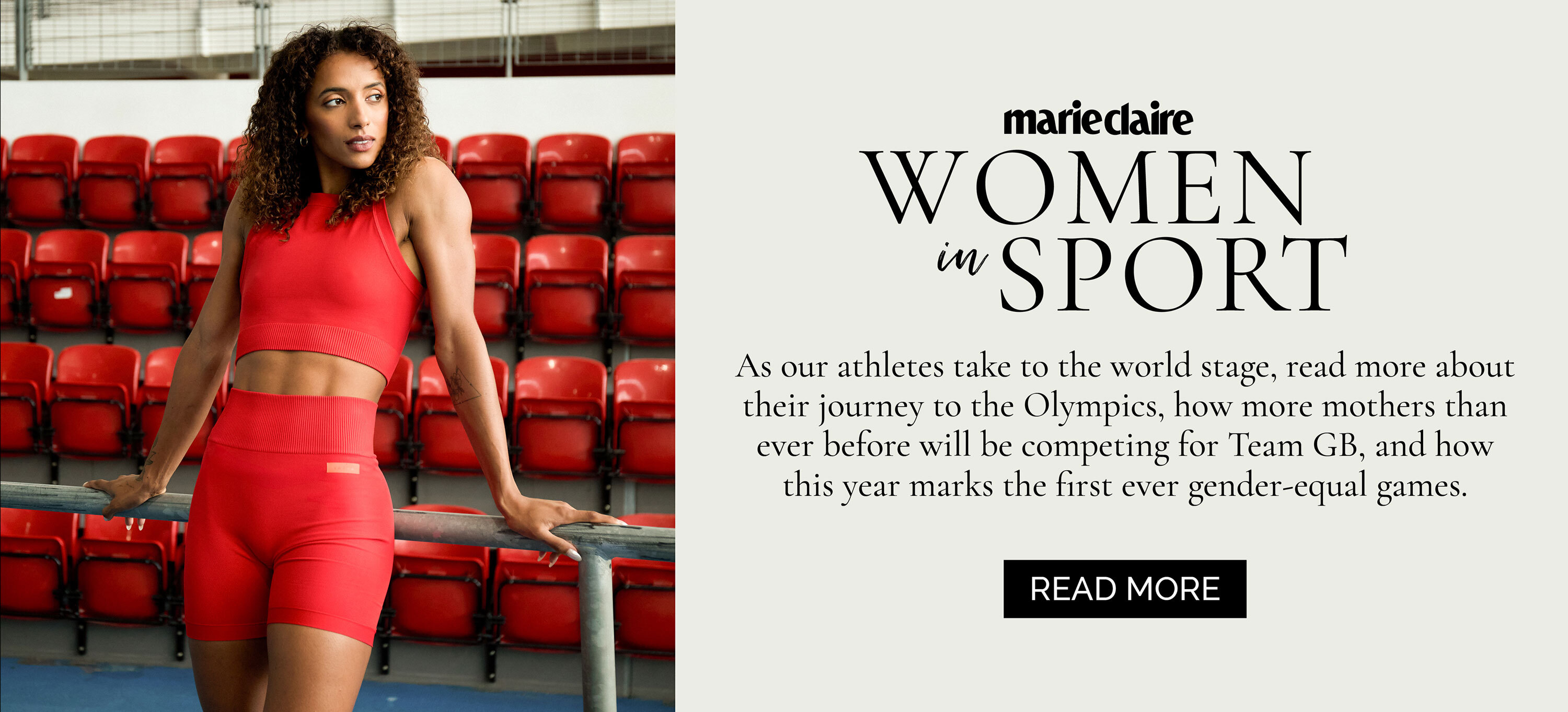

Abbi Henderson is a freelance journalist and social media editor who covers health, fitness, women’s sport and lifestyle for titles including Women's Health and Stylist, among others.
With a desire to help make healthcare, exercise and sport more accessible to women, she writes about everything from the realities of seeking medical support as a woman to those of being a female athlete fighting for equality.
When she’s not working, she’s drinking tea, going on seaside walks, lifting weights, watching football, and probably cooking something pasta-based.
-
 Ties are the unexpected cool-girl accessory to invest in this season
Ties are the unexpected cool-girl accessory to invest in this seasonSchool is in session
By Sofia Piza
-
 This is not a drill: you can now shop Alexa Chung's actual wardrobe on Vinted
This is not a drill: you can now shop Alexa Chung's actual wardrobe on VintedOwn a piece of sartorial history
By Penny Goldstone
-
 New Look’s spring collection has dropped—as a picky fashion editor, I’m seriously impressed
New Look’s spring collection has dropped—as a picky fashion editor, I’m seriously impressedSpring trends at affordable prices
By Jazzria Harris
-
 Introducing Global phenomenon, Olympic medallist and rugby icon Ilona Maher
Introducing Global phenomenon, Olympic medallist and rugby icon Ilona MaherBy Ally Head
-
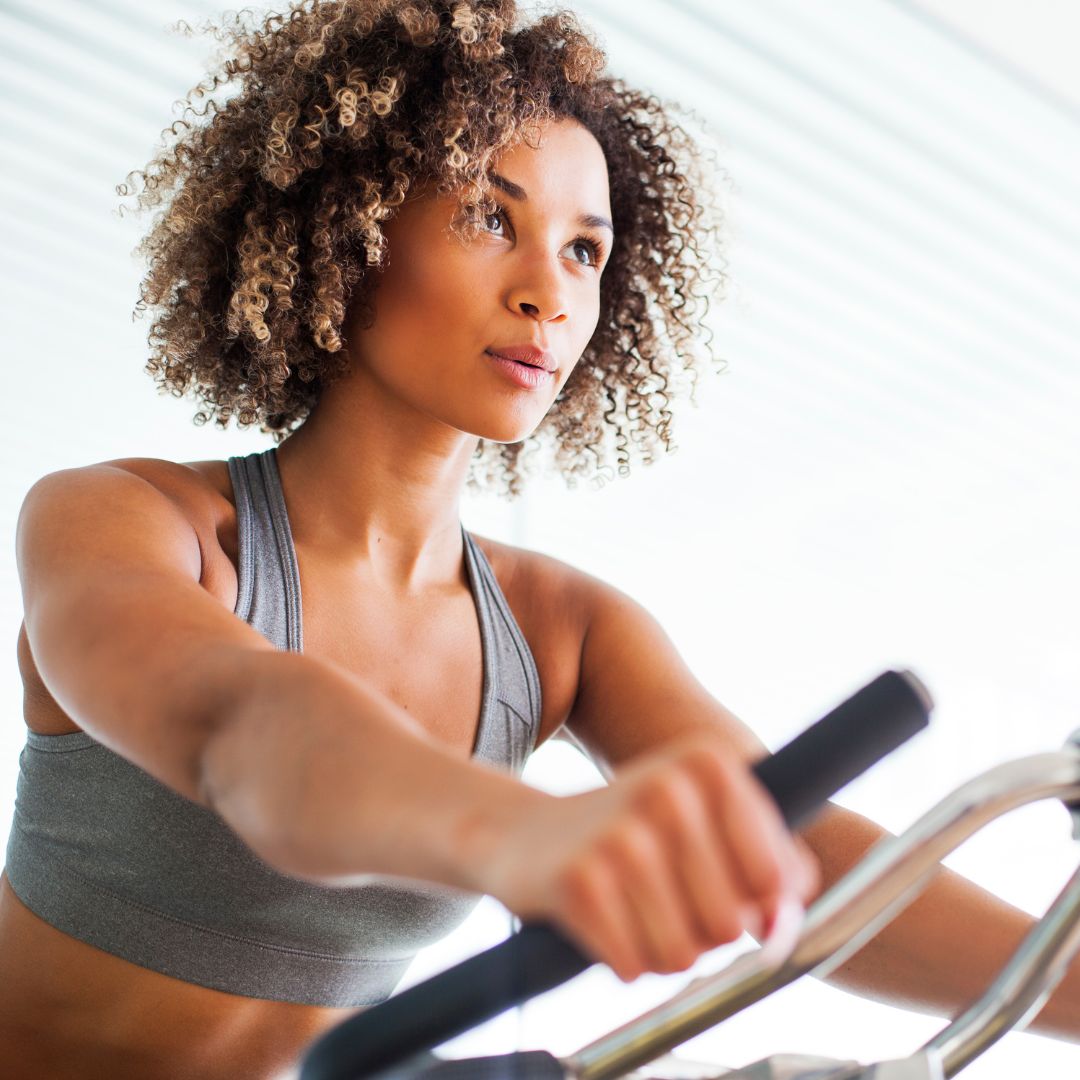 Experts are calling the 4-2-1 method one of the most effective fitness routines you can do, period - so, is it?
Experts are calling the 4-2-1 method one of the most effective fitness routines you can do, period - so, is it?Your need-to-knows.
By Katie Sims
-
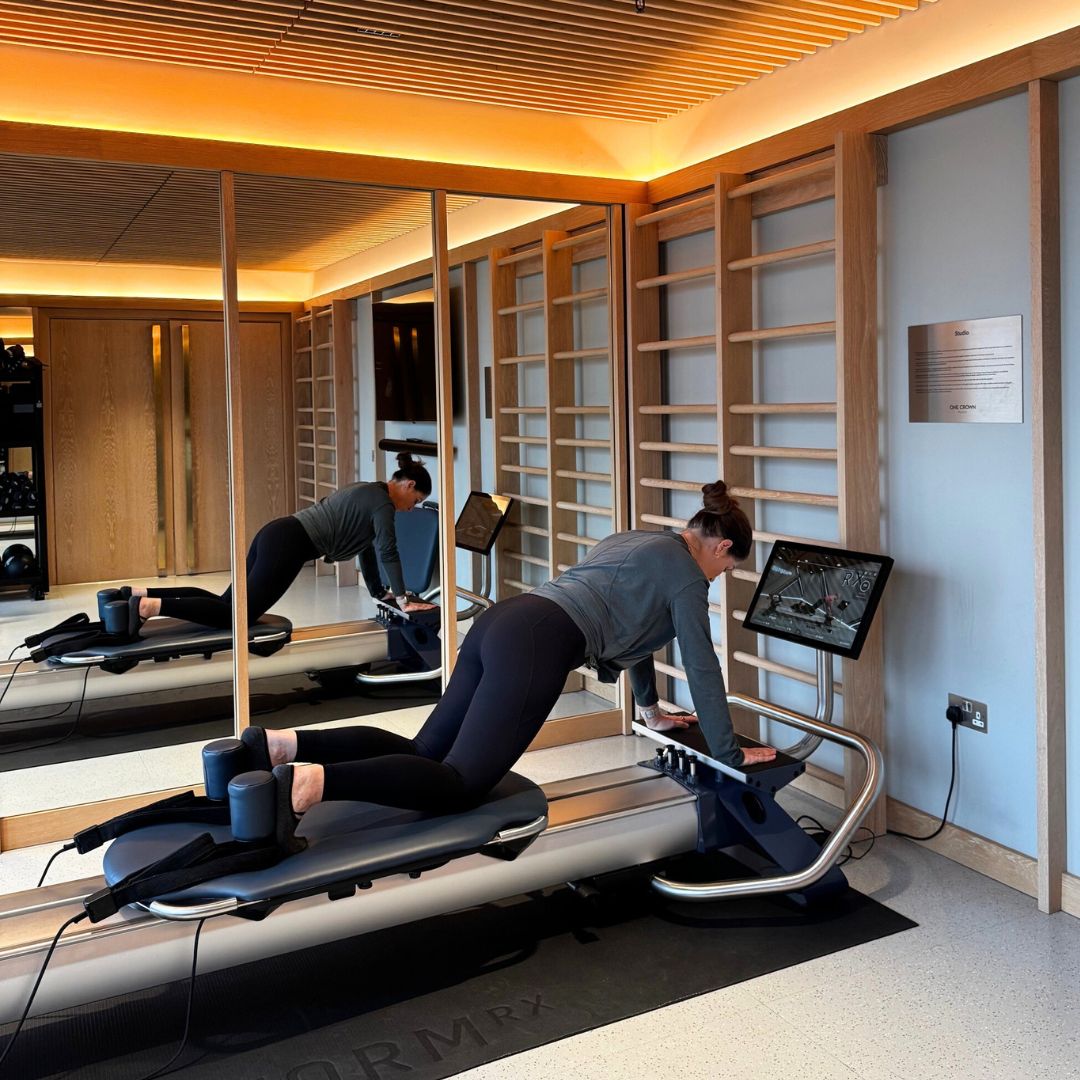 I tried Reform RX, the world's first virtual Reformer class - and have some thoughts
I tried Reform RX, the world's first virtual Reformer class - and have some thoughtsMeet the Pilates answer to a Peloton.
By Anna Bartter
-
 I wanted to up the intensity of my walks, so tried Nordic walking every day for a week - and feel it's levelled up my cardio fitness
I wanted to up the intensity of my walks, so tried Nordic walking every day for a week - and feel it's levelled up my cardio fitnessWho knew holding poles was such hard work?
By Anna Bartter
-
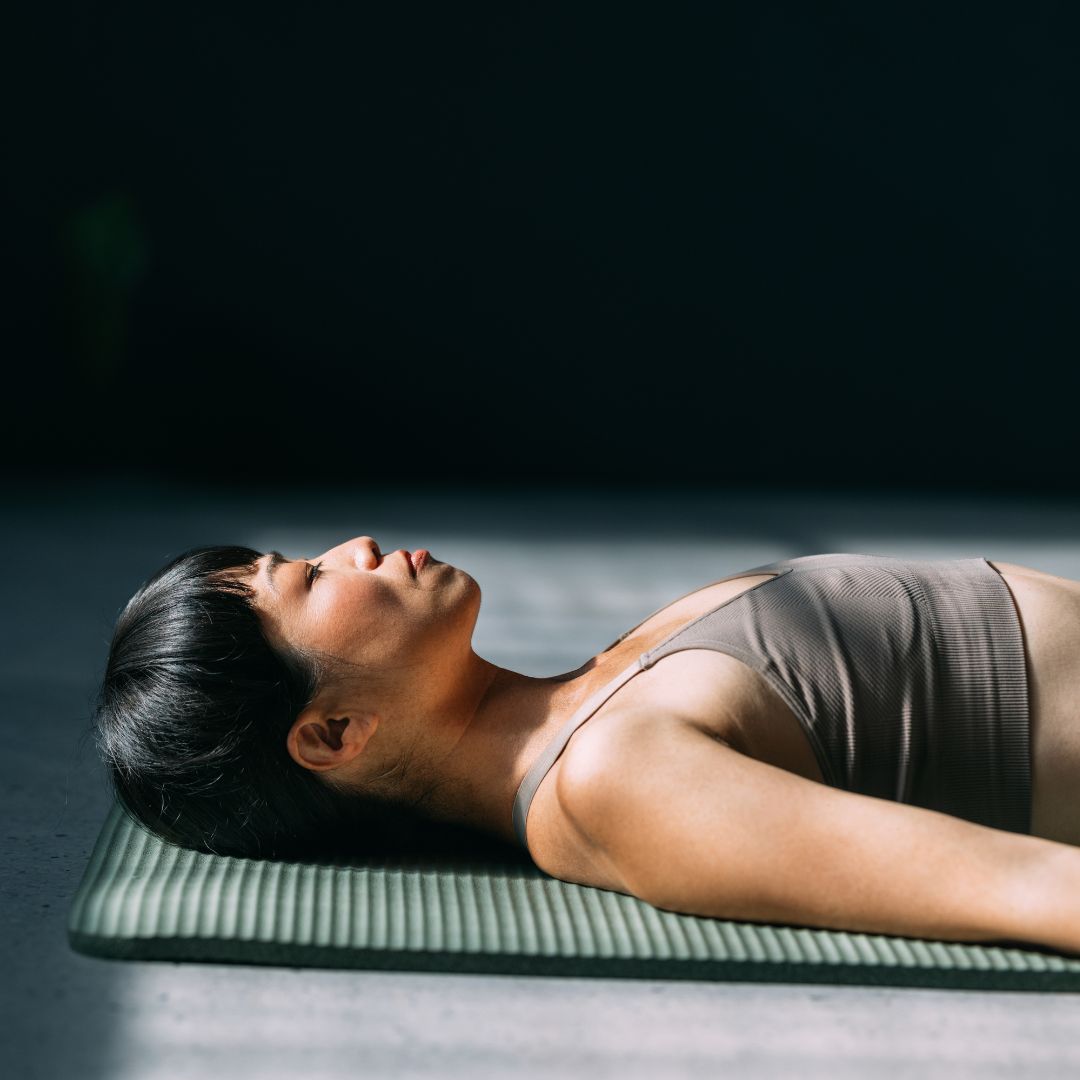 As the Operation 66 fitness challenge goes viral - is it worth trying or just another pressure-focused trend?
As the Operation 66 fitness challenge goes viral - is it worth trying or just another pressure-focused trend?The new 75-Hard?
By Chloe Gray
-
 I wrote my own dopamine menu after seeing them go viral - and can't stress how much it's boosted my wellbeing
I wrote my own dopamine menu after seeing them go viral - and can't stress how much it's boosted my wellbeingThis one's worth a try.
By Chloe Gray
-
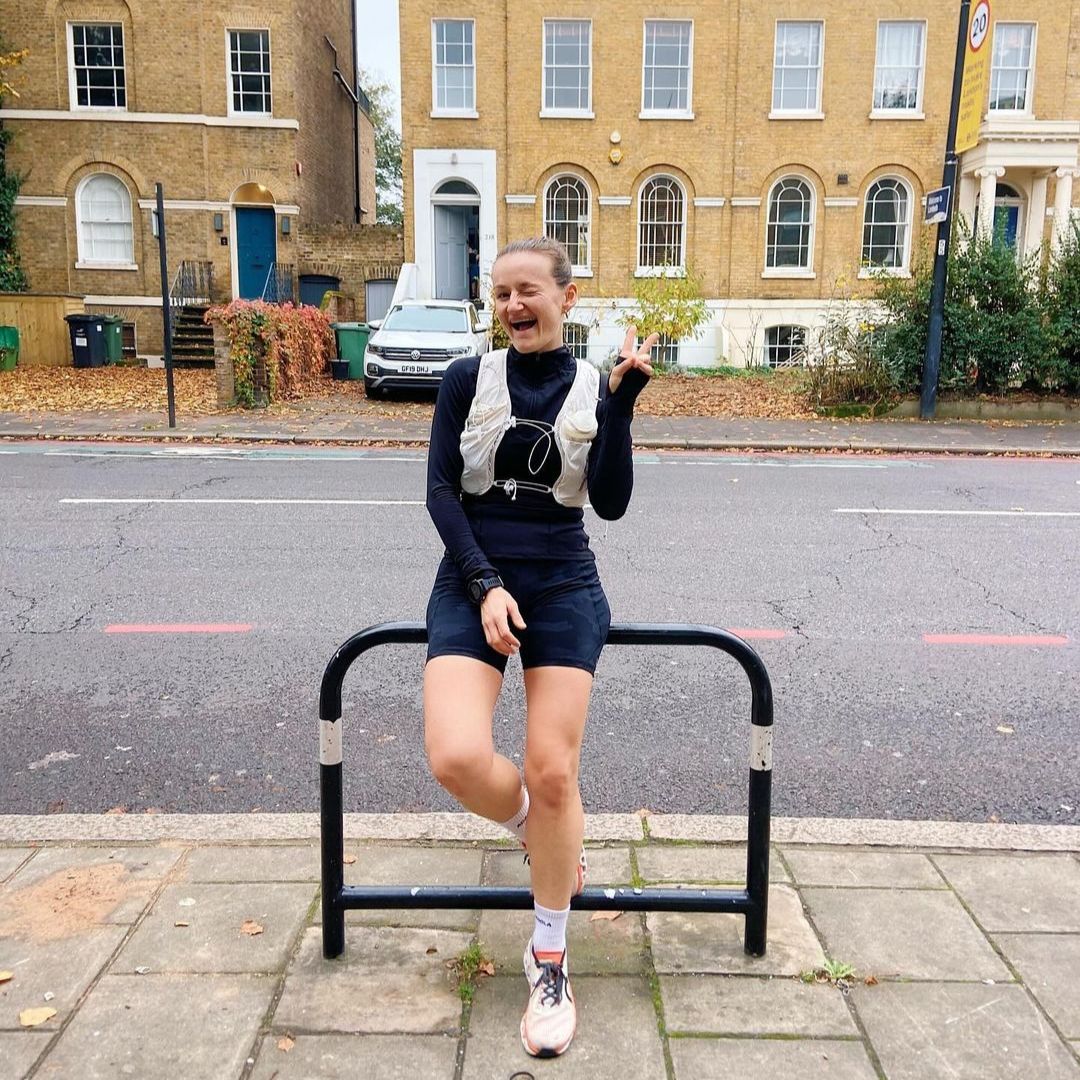 I've worked in the health industry for ten years - and I can safely say I'd avoid these 6 fitness trends at all costs
I've worked in the health industry for ten years - and I can safely say I'd avoid these 6 fitness trends at all costsTrust me on this one.
By Ally Head
-
 I'm a Health Editor who regularly ignores viral fitness trends - but a month in, I'm totally sold on the Winter Arc challenge
I'm a Health Editor who regularly ignores viral fitness trends - but a month in, I'm totally sold on the Winter Arc challengeThis one gets my seal of approval.
By Ally Head